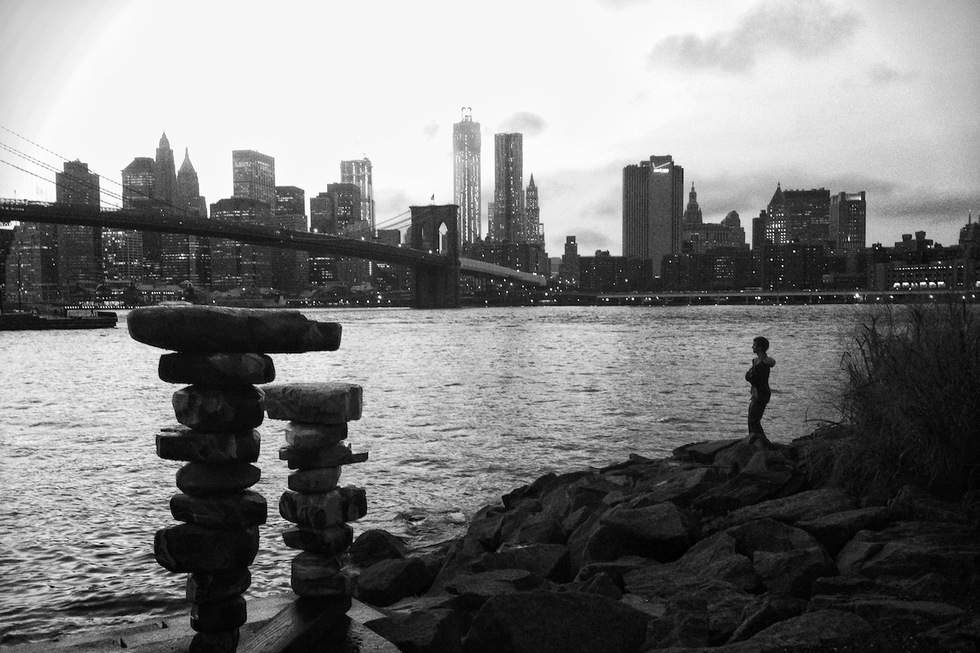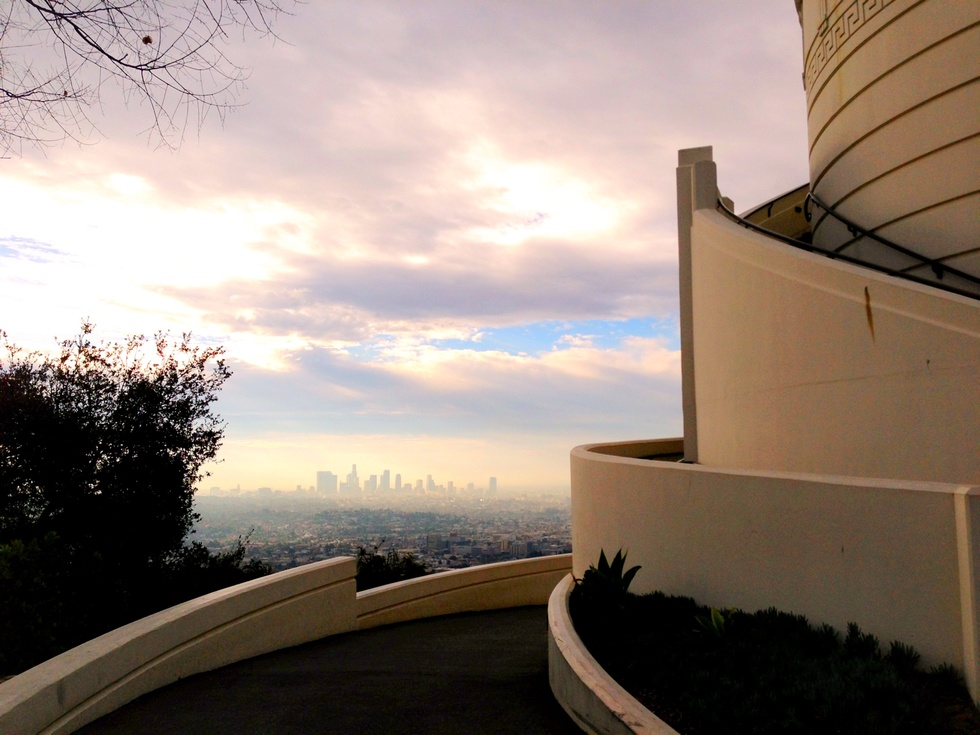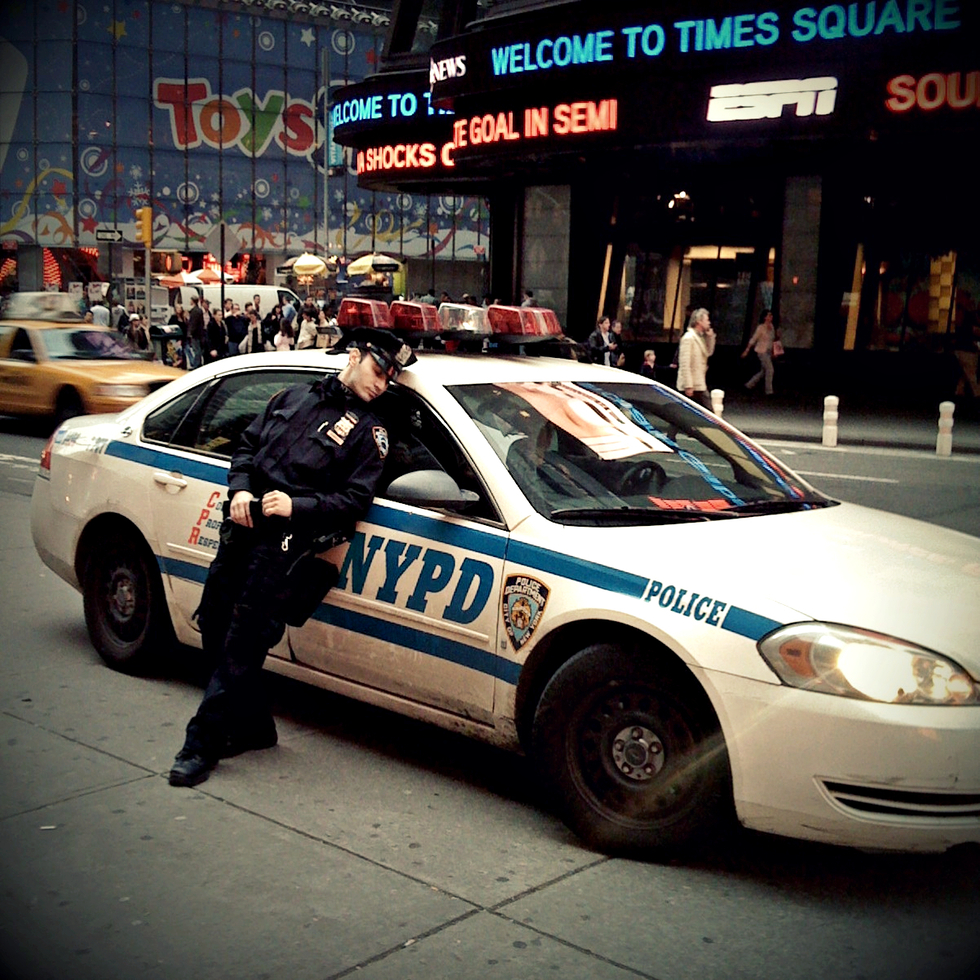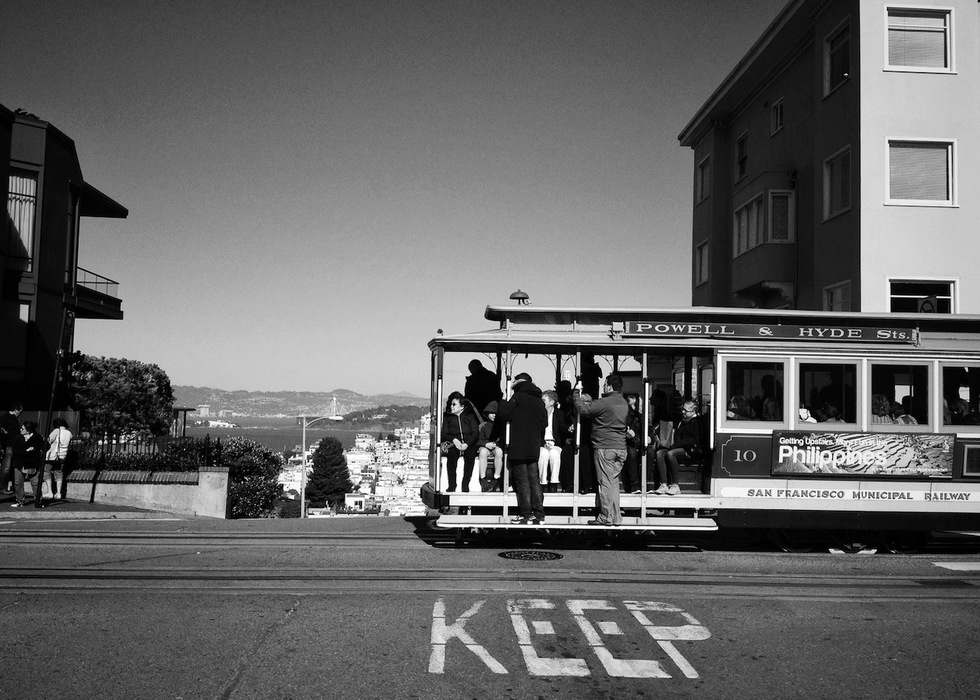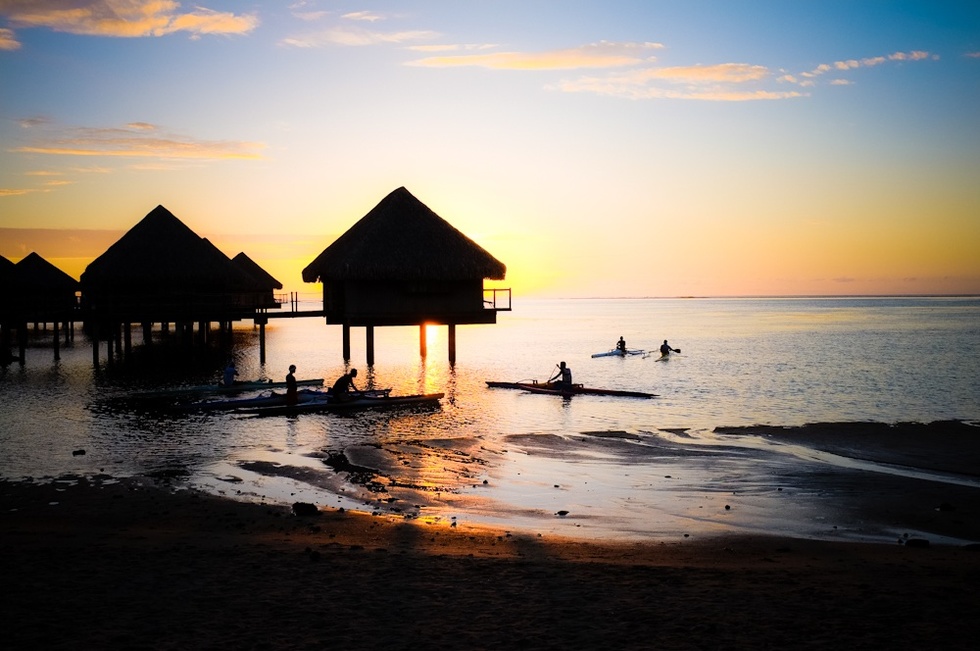Sion Fullana. His work can be viewed at http://www.sionfullana.com
How to Shoot Better Pictures with Your Smartphone
By Frommer's Staff
By Tiffany Lew
Remember the days when you had to lug around a DSLR camera during vacation so you could get that perfect shot of the Eiffel Tower or Golden Gate Bridge? Or maybe you had to grab a point-and-shoot camera so that there would be something to capture that concert? Those days are quickly disappearing thanks to cell-phone cameras -- they weigh less than traditional cameras ever did, and with just one click, they can now freeze precious moments easier than ever. But they have their own set of technical quirks. So what are the most effective ways to make use of this new technology when traveling?
Because smartphone cameras demand smartphonephone-specific tips, we turned to two of America's most respected phone photographers, or iphoneographers: Sion Fullana and Jen Pollack Bianco. Here's their expert advice.
Because smartphone cameras demand smartphonephone-specific tips, we turned to two of America's most respected phone photographers, or iphoneographers: Sion Fullana and Jen Pollack Bianco. Here's their expert advice.
Jen Pollack Bianco. Her work can be viewed at http://www.mylifesatrip.com
Taking photos and sharing them will quickly drain your cell phone. Make sure you're covered.
"Number one travel tip: Always make sure you're fully charged and have a Mophie juice case. If you don't have any juice, it does you no good." — Jen
Jen Pollack Bianco. Her work can be viewed at http://www.mylifesatrip.com
Try different photo apps and seamlessly share your photos with a community
Sion Fullana. His work can be viewed at http://www.sionfullana.com
Hold your phone still, and gauge the environment.
"Don't 'spray and pray' — don't pull your phone out and shoot everything, hoping you'll get a good photo. Stop for a second on a business street or a city or on top of a mountain or forest, and look at the details around you and find something that focuses your eye. Take a picture of that instead of trusting luck." — Sion Fullana
Jen Pollack Bianco. Her work can be viewed at http://www.mylifesatrip.com
Set the scene and find a story, or something out of the ordinary.
"Try to see what everyone is shooting, and shoot something different. Imagine if you went to DUMBO in Brooklyn, and everyone is photographing the Manhattan skyline across the river. You may get a more interesting shot shooting the people inside the shot." — Sion
"Get away from eye level — show us a different view. Climb down or up. Make it more dynamic. For instance, the Statue of Liberty...where you see part of the crown. Get strong visual lines or graphic — you dont need eveything in the photo and you don't need everything in the center of the frame." — Jen Pollack Bianco
"Get away from eye level — show us a different view. Climb down or up. Make it more dynamic. For instance, the Statue of Liberty...where you see part of the crown. Get strong visual lines or graphic — you dont need eveything in the photo and you don't need everything in the center of the frame." — Jen Pollack Bianco
Sion Fullana. His work can be viewed at http://www.sionfullana.com
Get up close and personal (while being respectful)
"For many day-to-day situations, or more intimate perceptions of the stuff around you, a cell phone camera [versus a traditional camera] is way better. With a cell phone, you'll be close and you'll be part of the experience. You've got to be at arms reach, almost." — Sion
Sion Fullana. His work can be viewed at http://www.sionfullana.com
Experiment with black-and-white shots, especially in bad lighting.
"Black and white is a lot more forgiving. If you have an image that has a lot of noise in the color, it's less forgiving. For me, the idea of telling stories is more ingrained for me in monochrome...But if you go to the Taj Mahal, maybe you're doing it a disservice in black and white for the beautiful color of the building." — Sion
"If it's too grainy or overly red, then convert to black and white." — Jen
"If it's too grainy or overly red, then convert to black and white." — Jen
Jen Pollack Bianco. Her work can be viewed at http://www.mylifesatrip.com
Find light sources, and use portable LED lights or portable lens to improve photo quality.
"The key in any situation with shooting mobile phones is the light. At night, it's way more difficult to not get grain because of the noise of the light. Look for places that have good light and try to frame something within the illuminated areas. Because when you try something when everything is dark, you'll just get a blurry mess. — Sion
"Use the flashlight app. Sometimes it's too strong but you can bounce it off something — always look for things to gather more light. Portable, controllable LED lights are good investments if you're serious about it." — Jen
"Use the flashlight app. Sometimes it's too strong but you can bounce it off something — always look for things to gather more light. Portable, controllable LED lights are good investments if you're serious about it." — Jen





